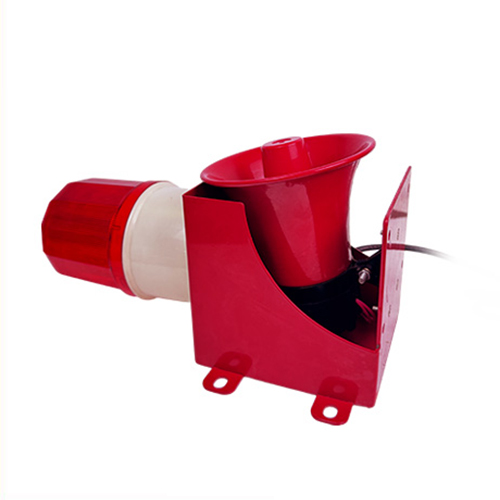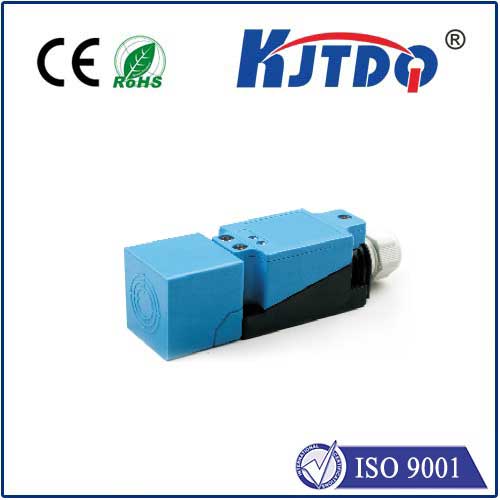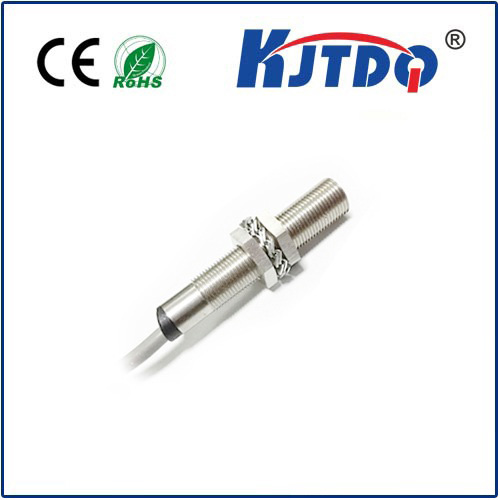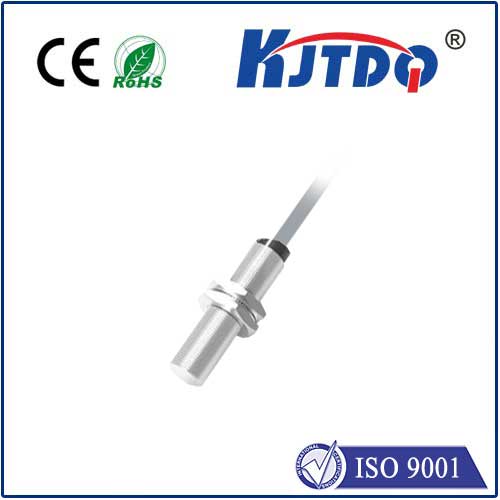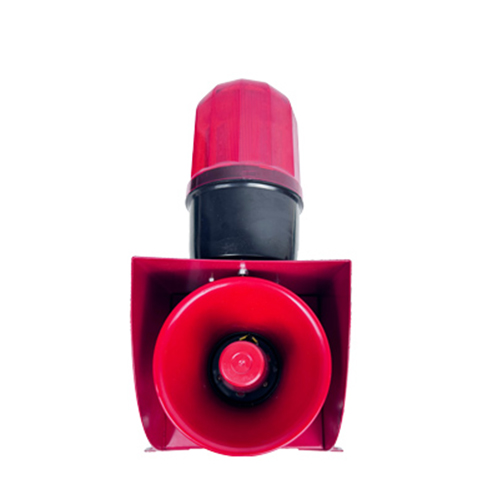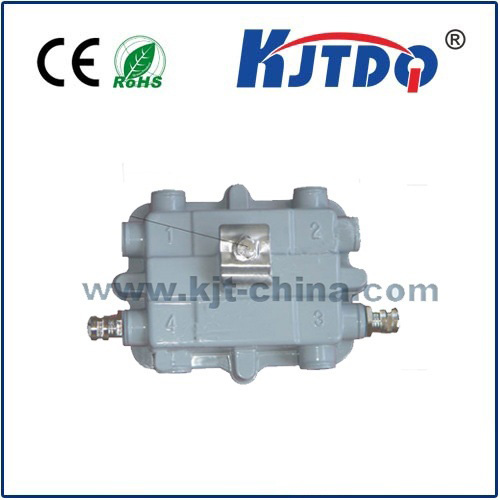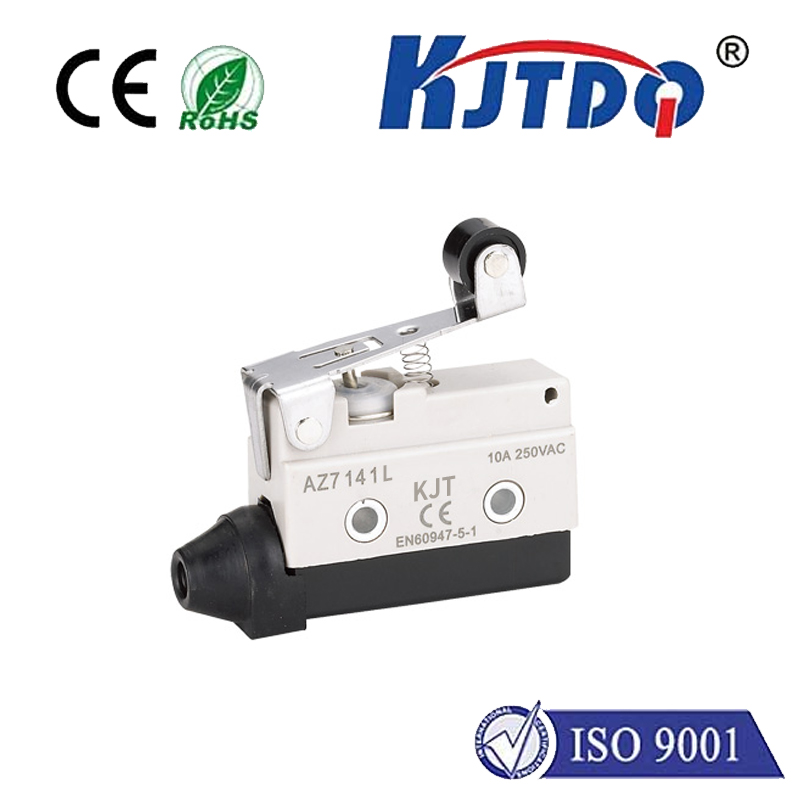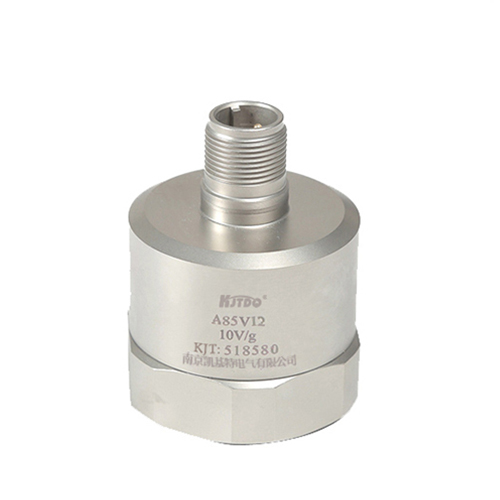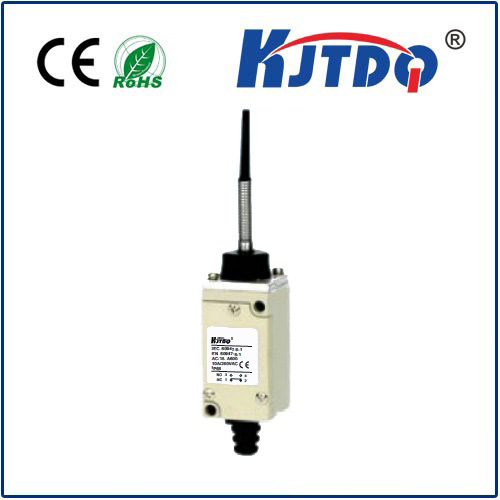omron capacitive proximity sensor
- time:2025-07-04 01:48:36
- Click:0
Mastering Material Detection: The Ultimate Guide to Omron Capacitive Proximity Sensors
Struggling with unreliable object detection? Especially when dealing with liquids inside containers, non-metals like wood or plastic, or applications requiring detection through barriers? Traditional sensors often fall short, leading to costly downtime and inefficiencies. This is where Omron capacitive proximity sensors step in as a robust and versatile solution, offering capabilities far beyond simple metal detection. Understanding how these sensors work and leveraging Omron’s renowned engineering can transform your sensing applications across countless industries.
What Makes Capacitive Proximity Sensors Different?
Unlike inductive proximity sensors that detect only metals using electromagnetic fields, capacitive sensors operate on an entirely different principle. They function essentially as a capacitor. The sensor face acts as one plate, and the target object (or surrounding environment) acts as the other. When the target approaches, it alters the sensor’s electromagnetic field, changing the capacitance. The sensor’s internal oscillator detects this change in capacitance, triggering the output switch. This fundamental difference is key: capacitive proximity sensors detect virtually any material – metals, plastics, glass, wood, paper, liquids, powders, and even granulated substances.
Omron Capacitive Proximity Sensors: Precision Engineering for Diverse Challenges
Omron has established itself as a global leader in automation components, and their capacitive proximity sensor range exemplifies their commitment to reliability, innovation, and performance. What truly sets Omron capacitive sensors apart?

- Unparalleled Material Versatility: The core strength. Whether it’s detecting the level of glue in a vat, verifying the presence of a plastic bottle cap, sensing wood panels on a conveyor, or monitoring liquid levels inside non-metallic tanks, Omron capacitive sensors handle it consistently. Features like adjustable sensitivity allow fine-tuning to ignore container walls or focus precisely on the material inside.
- Detection Through Barriers: A significant advantage. Omron capacitive proximity sensors can reliably detect materials even when separated by non-metallic walls. This makes them ideal for hygienic processes (detecting liquid levels inside sealed containers), applications requiring sensor protection (behind plastic guards), or sensing inside pipes.
- Robust Construction and Reliability: Built for demanding industrial environments. Omron sensors often feature:
- Stainless steel or rugged plastic housings (IP67/IP69K ratings commonly available) resistant to water, chemicals, oils, and physical impact.
- Stable performance across wide temperature ranges and challenging ambient conditions.
- High resistance to electrical noise, ensuring consistent operation even near drives and welding equipment.
- Long operational life due to their solid-state, non-contact design.
- Advanced Features & Form Factors: Beyond the basics, Omron offers:
- Compact Designs: Miniature sensors (e.g., E2K-X series) fit into tight spaces.
- Analog Output Models: Provide continuous distance/level measurement signals, not just on/off detection.
- Temperature Compensation: Maintain accuracy despite ambient temperature fluctuations.
- IO-Link Capability: Modern models offer this smart communication protocol for diagnostics, remote configuration, and process data integration.
- Shielded & Unshielded Versions: Shielded types offer more directed sensing fields for precision, while unshielded provide larger fields for detecting more distant targets or materials.
- Ease of Use: Features like clear status indicators (LEDs) and sensitivity adjustment potentiometers (often accessible without opening the housing) simplify installation, setup, and troubleshooting.
Where Do Omron Capacitive Proximity Sensors Shine? (Applications)
The unique capabilities of Omron capacitive proximity sensors make them indispensable in numerous scenarios. Here’s a comparison with Inductive sensors:
| Detection Capability |
Omron Capacitive Sensors |
Inductive Sensors |
| Metals |
✓ |
✓ |
| Plastics, Woods, Glass |
✓ |
✗ |
| Liquids, Powders |
✓ |
✗ |
| Through Non-Metallic Barriers |
✓ |
✗ |
| Container Level Monitoring |
✓ |
✗ |
Key Application Areas:
- Level Control & Monitoring: Detecting liquid levels in tanks (glass, plastic, metal), powder levels in silos, granulate levels in hoppers. Detection through container walls is a major advantage.
- Material Presence Verification: Ensuring bottles (plastic/glass) are upright, checking for presence of labels or caps on containers, verifying wooden blocks or plastic parts on assembly lines.
- Liquid Leak Detection: Sensing the presence of spilled liquids on floors or machinery.
- Packaging & Filling: Monitoring film webs, detecting filled vs. unfilled containers (especially non-metallic), verifying cap sealing.
- Food & Beverage Processing: Hygienic level detection in tanks, presence checks for containers on conveyors, detecting overfilling.
- Wood & Paper Processing: Position sensing of panels, sheets, and rolls.
- Pharmaceutical & Chemical: Level monitoring inside non-metallic vessels, detecting leaks in process areas.
Choosing the Right Omron Capacitive Sensor
Selecting the optimal sensor for your application involves considering several factors:
- Target Material: What are you detecting?
- Container Material & Thickness: Are you sensing through a wall? What is it made of and how thick?
- Required Sensing Distance: How far away is the target from the sensor face? (Note: Capacitive sensing distances are generally smaller than inductive, especially for non-metals).
- Mounting & Space Constraints: What size sensor can fit? (Compact, cylindrical, rectangular block).
- Environmental Conditions: Exposure to water, chemicals, extreme temperatures, or washdowns? (IP Rating critical).
- Output Requirement: Simple switching (NPN/PNP NO/NC) or analog signal?
- Sensitivity Adjustment: How critical is fine-tuning? Does it need external access?
- Special Features: IO-Link, specific housing material (e.g., fluororesin for harsh chemicals), temperature resistance?
Leveraging Omron’s Expertise
Omron provides extensive resources beyond just the sensors themselves. Their technical documentation, application notes, and online selection tools are invaluable. Distributors and technical support teams can also assist in selecting the perfect Omron capacitive proximity sensor (like E2K, E2KQ, E2H series) for your specific challenge.
Unlocking Efficiency with Smart Sensing
Integrating Omron capacitive proximity sensors into your systems offers a significant leap in operational efficiency, reliability, and flexibility. By enabling the detection of virtually any material, including liquids and through non-metallic barriers, they solve problems that other sensor types simply cannot. Their robust construction ensures longevity in harsh environments, while advanced features like IO-Link pave the way for smarter factory integration. When precision material detection is paramount for optimizing your process, Omron capacitive sensors provide the proven technology and engineering excellence to deliver consistent, reliable results, minimizing downtime and maximizing productivity.






